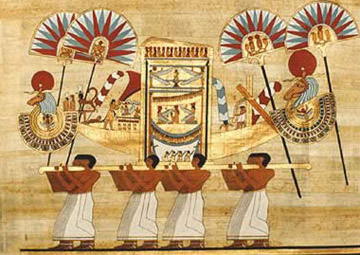Product Description
Liberty & Co. / Leonard Wyburd Egyptian Revival Four-Legged Mahogany Thebes Stool c. 1890-95



Leonard Wyburd UK
Liberty & Company London
Four-legged Thebes stool circa 1890-95.
Mahogany, woven wicker seat, turned details.
Comparable Liberty stools illustrated: Egyptomania: Egypt in Western Art, 1730-1930 (Paris: Éditions de la Réunion des Musées Nationaux and Ottawa: National Gallery of Canada, 1994), pp. 465-66.
H: 15 3/4″ x D: 15″ x W: 15″
One of the driving influences of the Aesthetic Movement of the late 19th century was an informed interest in authentic ancient designs inspired by recent archaeological discoveries. Both the three- and four-legged Thebes stool were inspired by actual furniture and wall paintings unearthed from royal tombs in the ancient Egyptian city for which they are named. Leonard Wyburd, who was one of the principal designers for Liberty, patented his designs for the Thebes stools in 1884. Liberty & Co. continued to make the popular stools into the early 1900’s.
Liberty & Co. / Leonard Wyburd Egyptian Revival Four-Legged Mahogany Thebes Stool c. 1890-95
EMILE GALLÉ (1846-1904) France
“Egyptian Coin” handled dish c. 1881
Handpainted faience in barbotine, glazed polychrome decoration beneath transparent glaze, gold highlights
Marks: stamped in black: E. Gallé, nancy depose, E G with cross of Lorraine
Designs for other Egyptian decoration illustrated: Les dessins de Gallé, Philippe Thiébaut (Paris: Réunion des musées nationaux, 1993) p. 98-99
Related forms and designs illustrated: La Ceramique de Gallé (Nancy: Musée de l’Ecole de Nancy, 1984) p. 119; Egyptomania: Egypt in Western Art, 1730-1930 (Paris: Éditions de la Réunion des Musées Nationaux and Ottawa: National Gallery of Canada, 1994), pp. 472=74.
H: 7″ x L: 12″ x W: 8″
